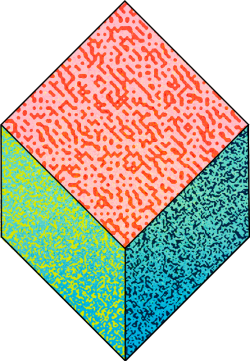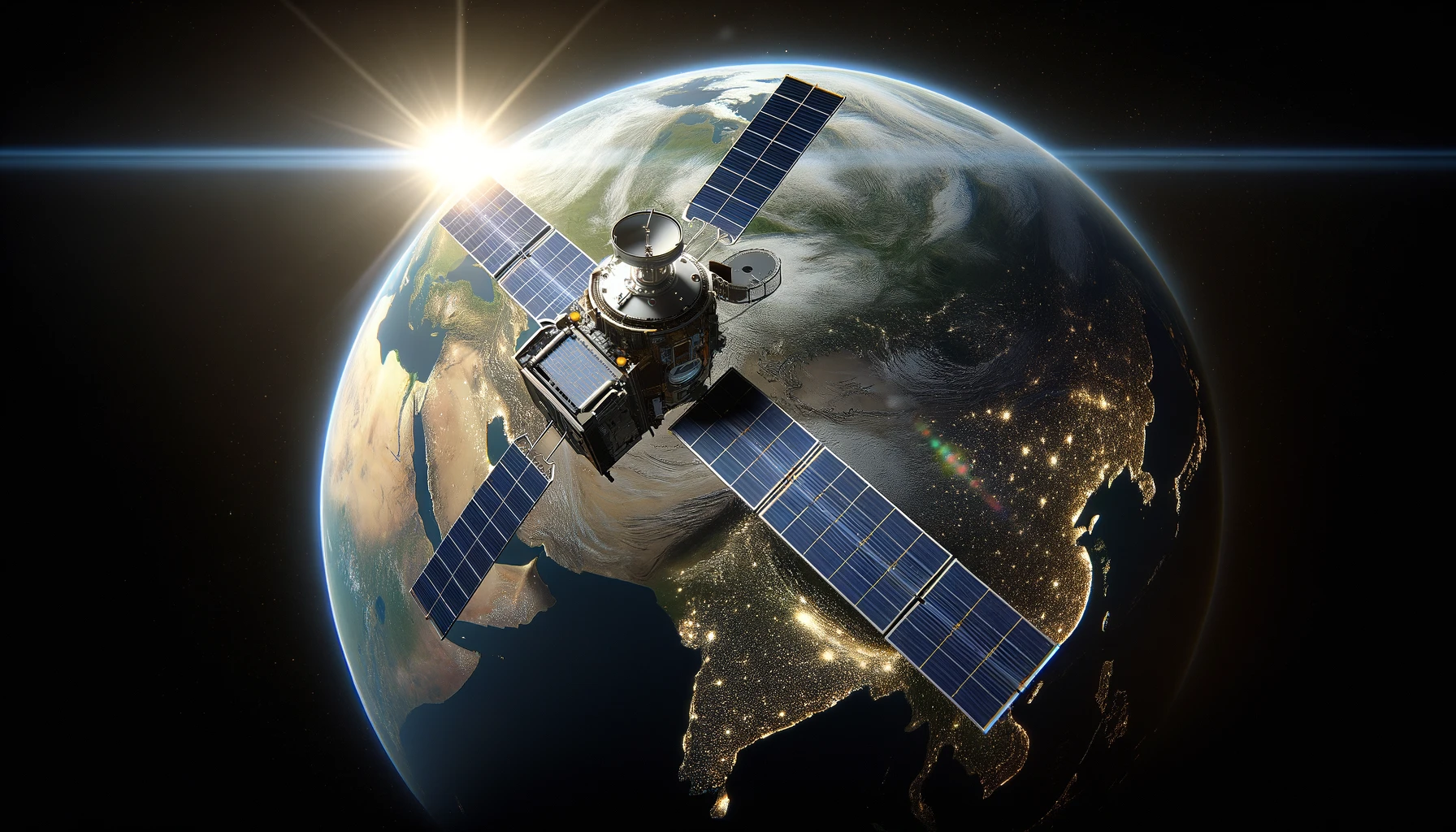When it comes to the "digital divide," or the contrast between areas replete with internet access and more rural regions lacking it, the government has talked a big game for many years. Many taxpayer dollars have been poured into projects attempting to bridge this divide, with proponents claiming that areas gaining new internet access can be economically revitalized, thanks to the boost the internet provides.
Viewing the internet as a resource highlights exactly why governments often are inefficient distributors of goods and services. Billions of dollars have been allocated to provide areas without internet access, or those lacking high-speed service, with internet that meets modern criteria for speed and reliability. Unfortunately, many analyses show that despite significant resources allocated to fix the problem, the government has done a uniquely poor job of distributing these funds effectively.
In contrast, the creation of programs like Elon Musk's Starlink and other similar competitors is growing rapidly in the U.S. and abroad. Private innovation, driven by the incentive to be profitable and grow, allows for more access and better targeting of individuals who want and will use the service.
Starlink and other global satellite internet providers can efficiently meet the needs of an underserved market in a sustainable way, providing new access to many areas without the waste associated with government distribution. Starlink's traffic has increased by two-and-a-half times in the last year in the U.S. alone, indicating a strong demand for this access. Hopefully, we will continue to see growth and competition in this innovative field, offering more users a variety of choices that best fit their needs.










